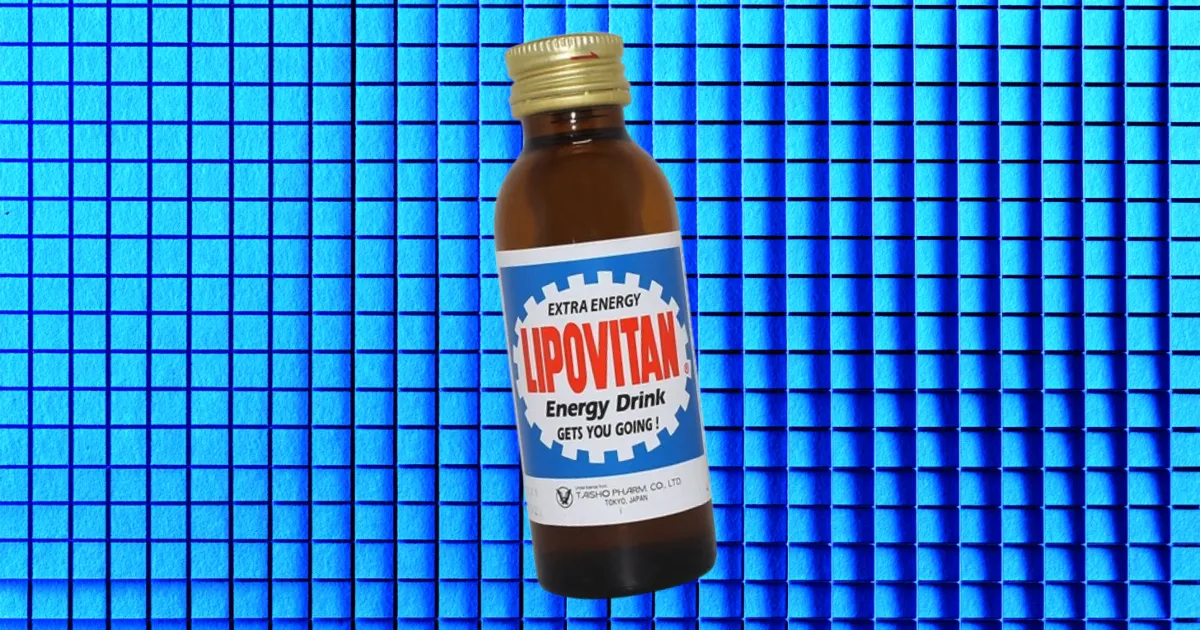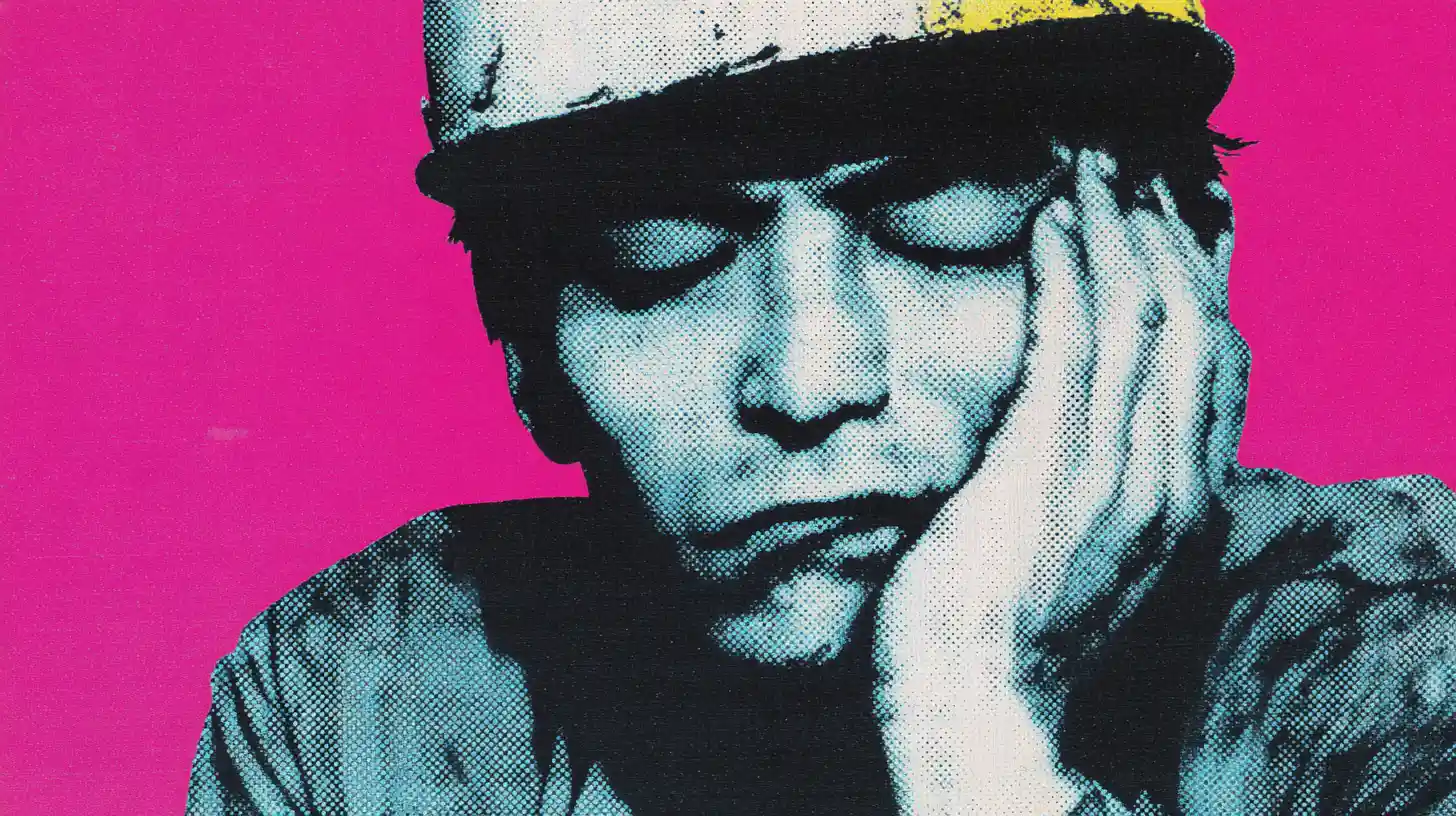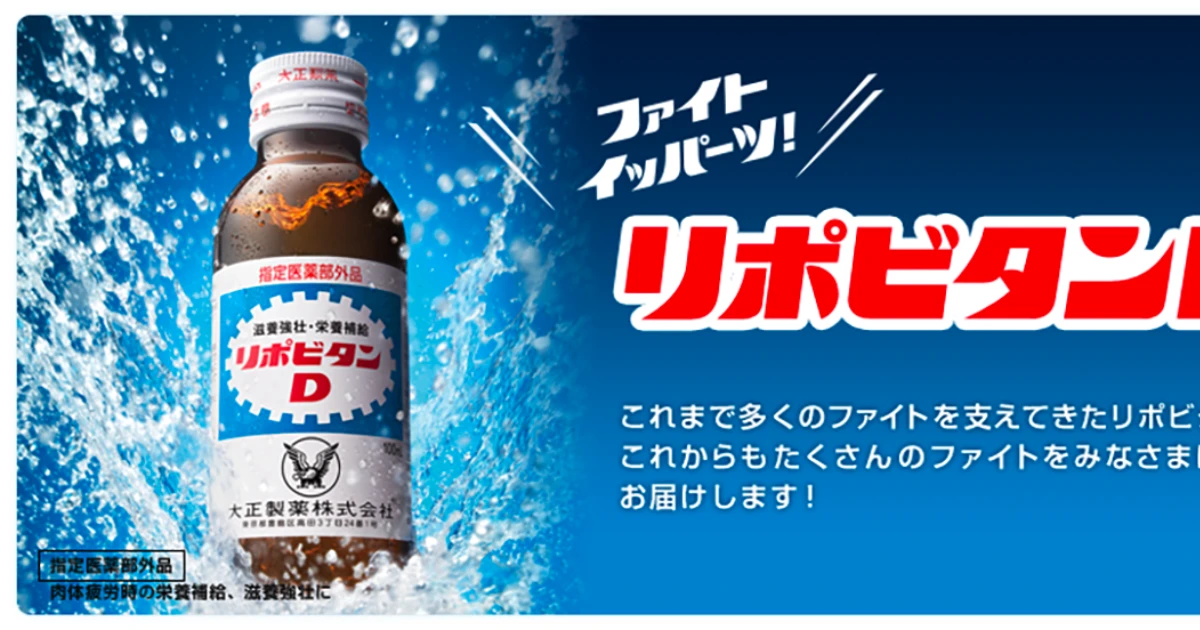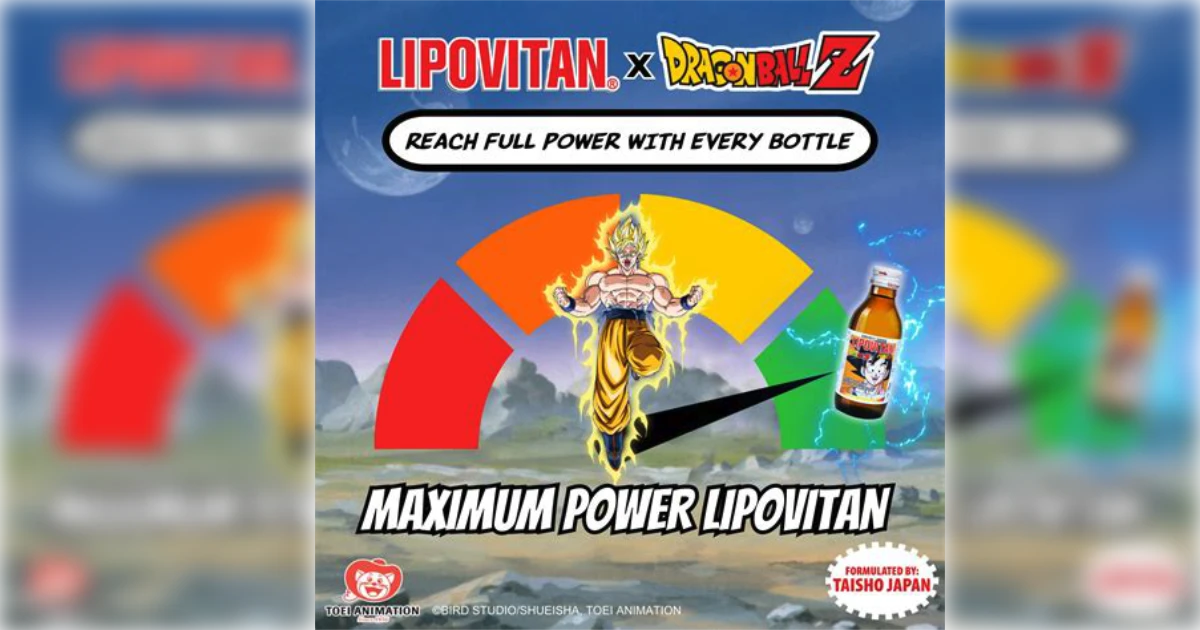
Taisho Pharmaceutical Co.
This is the story of how a small brown bottle from post-war Japan created the multi-billion-dollar energy drink market.

Imagine you are in Japan in 1960. The country is experiencing its economic miracle, transforming from war-torn devastation into an industrial powerhouse. Factories hummed around the clock. Construction crews everywhere. And truck drivers are pushed to the limit.
But there was a problem.
World War II had left its mark in unexpected ways. During the war, amphetamines had been widely distributed to soldiers and factory workers to keep them alert during grueling shifts. When the government restricted these stimulants after the war, these same workers were in trouble. Workers still needed energy, but they needed something safer.
This is where Taisho Pharmaceutical comes into the story, a company that had been quietly making over-the-counter medicines since 1912. They invented something innovative.

In the laboratories of Tokyo, Taisho’s team was working on something revolutionary. They took the concept of medicinal ampules and reimagined it entirely. What if they could create a legal stimulant for daily consumption?
The result was a fluorescent-yellow liquid that would give birth to a new industry.
Lipovitan D launched in 1962, housed in distinctive brown 100ml bottles designed to fit perfectly in a worker’s pocket. It tasted like medicine and smelled like medicine, but it wasn’t medicine per se. It worked wonders and workers loved it.
Each bottle contained 1000mg of taurine (an amino acid found in animal tissues), 50mg of caffeine, and a carefully balanced blend of B vitamins.
It was a new stimulant category, and many food historians think it’s the first true energy drink.

The timing couldn’t have been more perfect.
As Japan’s economy exploded in the 1960s, so did Lipovitan sales. Factory workers discovered they could power through double shifts. Truck drivers found they could stay alert during long hauls. Students cramming for exams had their secret weapon.
The drink became deeply woven into Japan’s work culture. It was the boost for the Japanese economic miracle itself.
What made Lipovitan different from anything that came before was its positioning. Taisho marketed it as something entirely new: a supplement specifically designed to boost work productivity.

Success in Japan was just the beginning.
In 1963, Lipovitan crossed borders for the first time, launching in Taiwan. Two years later, it arrived in Thailand through a partnership with Osotspa. Southeast Asia became Taisho’s testing ground for international expansion.
Here’s where the story gets interesting. Japanese businessmen working abroad began carrying their beloved Lipovitan with them. In Thailand, the drink caught on, but local tastes were different. The medicinal flavor that worked in Japan didn’t quite resonate with Thai consumers.
A Thai pharmacist named Chaleo Yoovidhya noticed this gap. He thought he could improve on the formula, making it taste better while keeping the energy-boosting properties. In 1976, he launched his own version called Krating Daeng. Which translates to “Red Bull.”
The rest, as they say, is history.
Today, Taisho Pharmaceutical ranks 8th in the global consumer healthcare market, with Lipovitan available in over 80 countries. The product line has evolved to include variations like Lipovitan D Super (with 2000mg of taurine) and evenLipovitan Jelly for convenient consumption.
But perhaps the most remarkable part of this story is how Lipovitan’s success created a template that spawned an industry worth tens of billions of dollars. Every energy drink that followed, from Red Bull to Monster to 5-Hour Energy, can trace its DNA back to that small brown bottle from 1960s Japan.